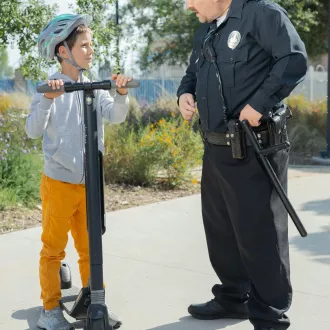Transcription How to teach children to recognize and name their emotions?
Emotional development is a fundamental part of child autonomy and it is important that parents teach their children to recognize and name their emotions. This will allow them to better understand their feelings, express them appropriately and develop social skills such as empathy, effective communication and conflict resolution. In this section, we will discuss how to teach children to recognize and name their emotions.
Why is it important to teach children to recognize and name their emotions?
Emotions are a fundamental part of human life and affect the way we think, feel, and behave. Children experience a wide range of emotions, from joy and love to sadness and frustration. By naming their emotions, children can better understand what they are feeling.
This allows them to identify emotional patterns and develop greater emotional awareness. Children who can express their emotions appropriately are more likely to be understood by others and to receive the help and support they need.
hen children can recognize their emotions, they can also learn to regulate them. This enables them to cope more effectively with difficult situations and to reduce anxiety and stress.
When is the right time to teach children to recognize and name their emotions?
It is important to start teaching children to recognize and name their emotions from an early age. As early as 18 months, children can begin to understand some words that describe emotions, such as "happy" or "sad". However, young children have difficulty identifying their own emotions and may need their parents' help to do so.
As children get older, their ability to recognize and name their emotions improves. Children older than 3 years can learn to name their emotions more easily and can begin to understand the complex emotional interactions in social relationships.
How do you teach a child to recognize his or her emotions?
There are several strategies parents can use to teach children to recognize and name their emotions. Modeling emotional identification to externalize how one feels is one alternative. Parents can help their children recognize their emotions by naming their own emotions when they experience something exciting, frustrating, or overwhelming. For example, if a parent is feeling angry, he or she can say "I'm angry" instead of simply acting angry. This teaches children to name emotions.
teach recognize emotions




